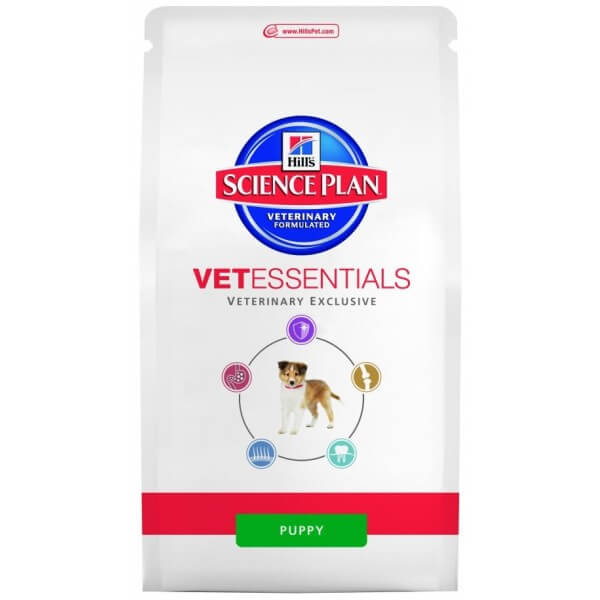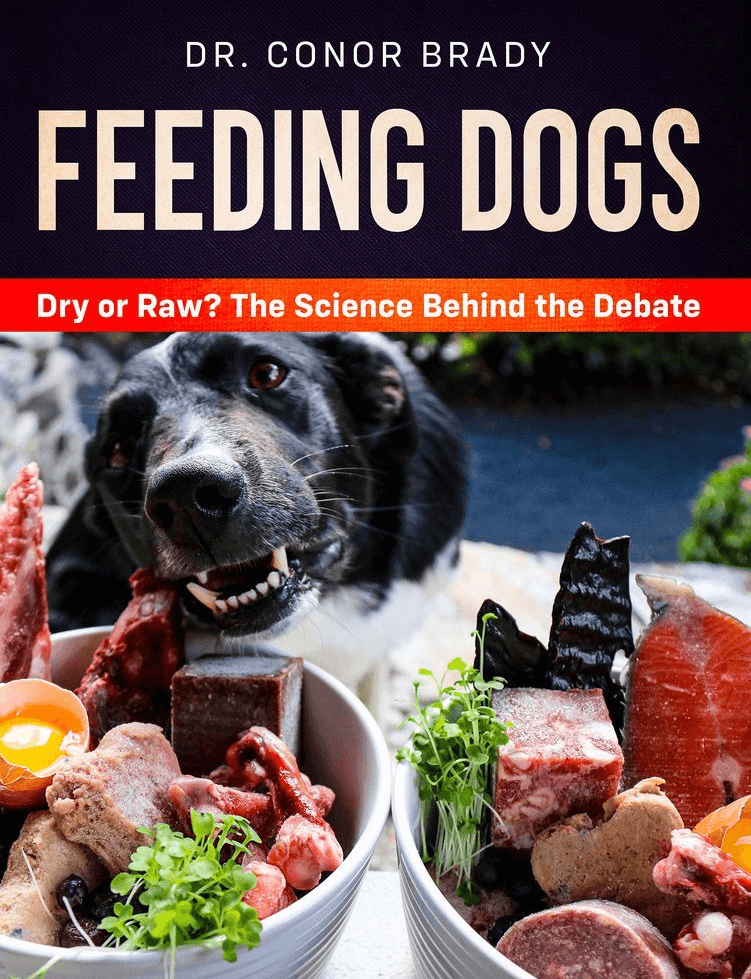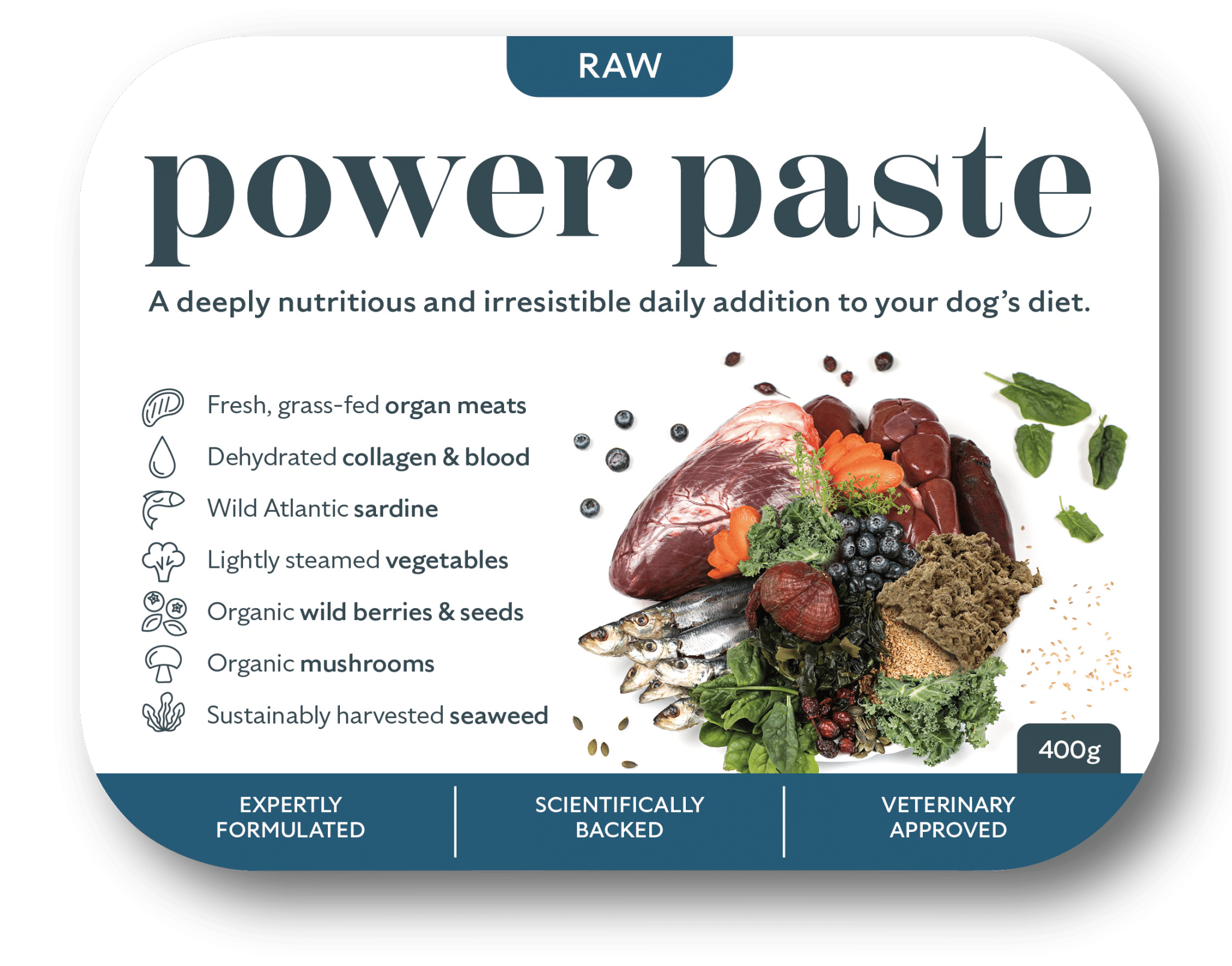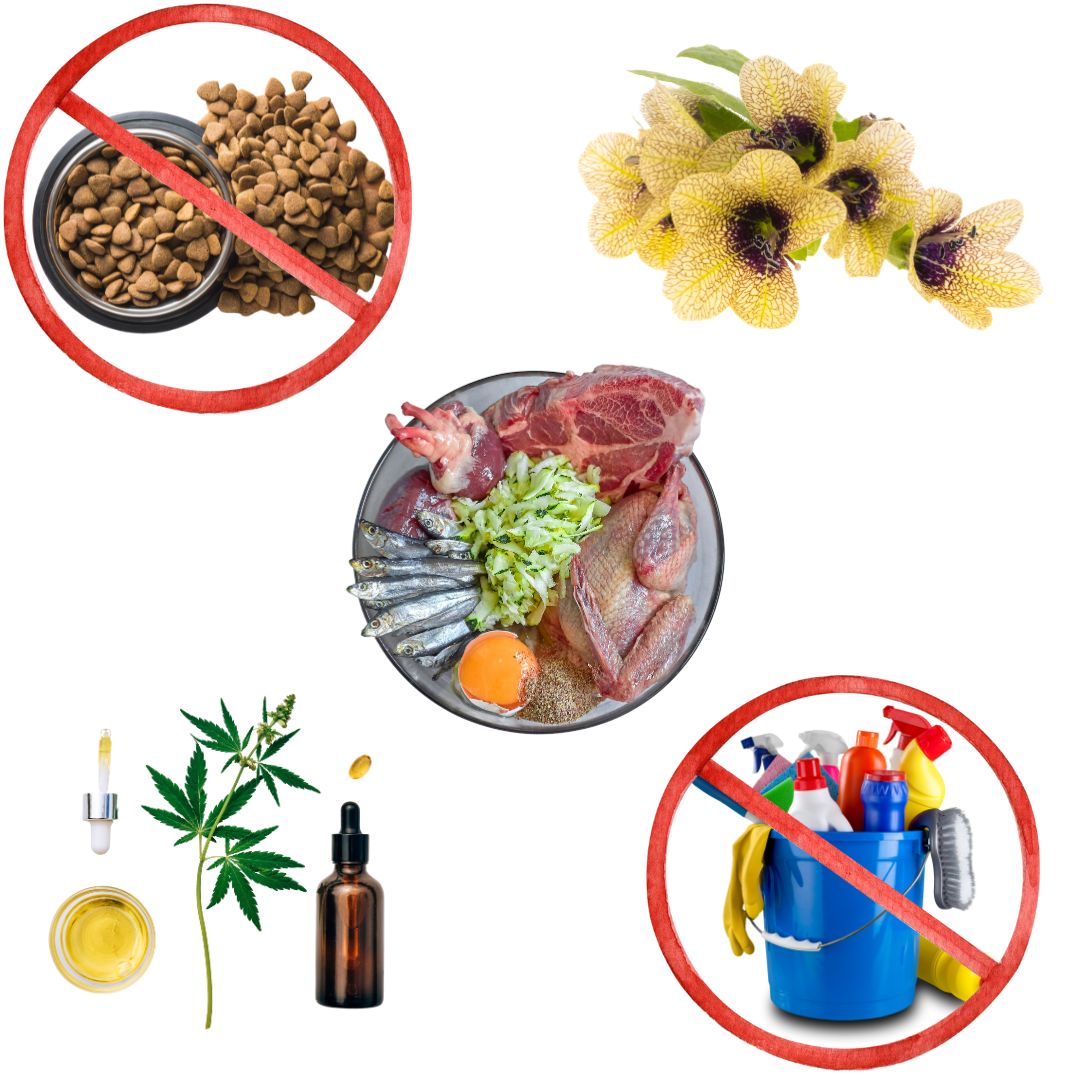Why Do Vets Recommend “That” Dry Food?!
Are Irish vets not yet wondering why the only dry food they choose to stock (Royal Canin) is rated a miserable 2.5 stars out of 5 by Dog Food Advisor? With Science Diet not performing that much better (3 stars out of 5).
I mean, you’d think they’d get behind a highly rated (if not, dare we dream, the best) one, wouldn’t you?!
Among a number of issues with Royal Canin Dog Food Advisor (DFA) lists:
- it has grain as it’s number one ingredient (and often it’s second)
- uses by product meals (powder from rendering plants using “slaughterhouse waste”)
- they include wheat gluten, corn gluten and beet pulp (stuff left over from processing these ingredients for the human food industry) in it’s first 10 ingredients. These indigestible and, in the case of wheat gluten notably, often antigenic proteins boost the protein percentages on the side of the packet irrespective of the fact that dog can neither digest nor utilise it. The DFA more politely states these ingredients are “expected to have a lower biological value than meat.
If I could add to this list the question of source. Royal Canin contains ingredients that are sourced, if not the product manufactured in, China. Try find out some more as I got nowhere.
Needless to say this is not to question what are acceptable practices of the dry food industry, no rules being broken there, but it’s safe to say that if there are literally hundreds if not thousands of companies making better dry food today, why oh why do our vets keep promoting it?
First Dentists to Promote Toothpaste, now Vets to Promote Dog Food…
A great article by Parker-Pope in the Wall Street Journal way back in 1997 explains. The author highlights the move of pet food manufacturers into the 27 US veterinary universities in the 90’s (Parker-Pope 1997) using extremely generous cash “donations”.
It began with Colgate Palmolive (CP, makers of Hills Science Diet and Prescription Diets). At the time they were using dentists to promote it’s toothpaste in the 80’s (extremely successful) and then thought maybe we could use vets in the same way to promote dry food!
Sadly the use of financial incentive continues on into veterinary practice. John Steel, a once senior vice president of global marketing and sales for CP said on record
…the bulk of our expenditure goes to the veterinary community…
What this figure is remains unknown but safe to say with the walls of every local vet now adorned with an add for one of their 160 vet-prescribed Hills Science diets, it has been money well spent.
You Could Say It’s Not Their Fault…
This all goes some way to explaining why modern vets recommend dry foods that perform extremely poorly when assessed by dry food measuring websites. A number of authors highlight how due to the marketing efforts of pet food manufacturers our vets now find themselves totally out of their depth (Londsdale 2001, Berschneider 2002, Stogdale and Diehl 2003, Martin 2007).
So, in a way, you could say it’s not their fault.
But at the same time you would be forgiven for asking how a trained scientist is not asking the question they should be. Hows about picking up any canine nutrition book not written by a dry food company? Ideally, how about putting fresh feeding to the test?!
Winnipeg veterinarians Stogdale and Diehl (2003) highlight:
…becoming competent in nutrition requires a great deal of reading and research — most of which is boring, contradictory, and confusing. We understand why the majority of veterinarians do not elect to spend their continuing education time on studying this field; it’s so much easier and more efficient to recommend a bag of commercial pet food…
In a piece entitled “Who is responsible for the efficacy and safety of pet foods?” MacMillan (2008) goes further. In response to comments by one Dr. Buffington in 2008 who stated there were no studies to suggest there was anything wrong with pet food Dr. MacMillan (2008) promptly sourced 70 veterinary researched papers that directly blamed pet food for causing cancer, kidney failure, cystitis, dilated cardiomyopathy, struvite crystals, calcium oxalate stones among many other illnesses in pets.
MacMillan concludes strongly:
Veterinarians who make money out of the sale of pet foods and from the illnesses they create are betraying pets and pet owners by failing to tell them that feeding such poor quality nutrition will eventually cause illness in the pet.
References
Parker-Pope, T. (1997). For You, My Pet: Why the Veterinarian Really Recommends That Designer Chow – Colgate Gives Doctors Treats For Plugging Its Brands, And Sees Sales Surge – Offering a Fat-Cat Bounty. Wall Street Journal (Eastern Edition), November 3rd, p. A1












